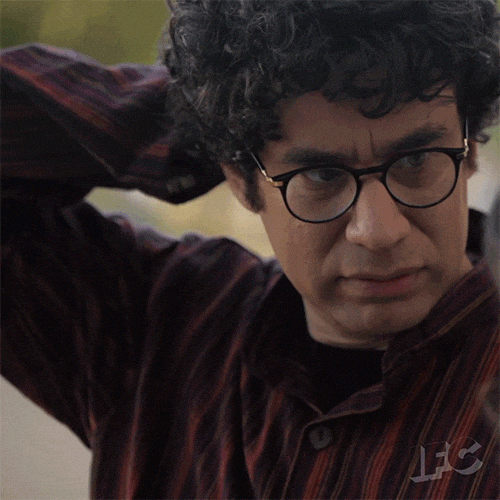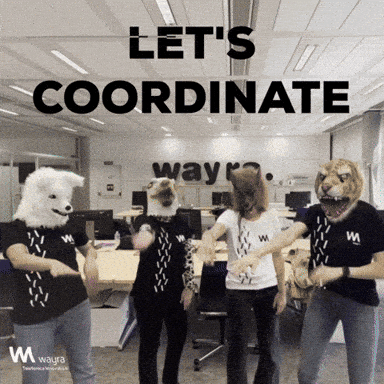Brain Regions & Their Roles in Thought, Mood, & Movement (Part 1)
Our brain is the command center for thought, mood, and movement. While we’ve explored the fascinating connection between the gut and brain, and how the microbiome influences mood, it’s also important to remember that the brain itself is an intricate organ. Made up of specialized areas, each with unique functions, these regions don’t work in isolation—they constantly interact and reflect each other. Understanding the brain’s key regions can empower us to take actionable steps to care for this vital organ, enhancing our overall well-being. Researchers continue to uncover more about these complex dynamics. This post offers an overview of key brain regions, their roles, and actionable ways to support brain health through craniosacral therapy, natural medicine, and herbal wisdom.
THE BRAIN’S STRUCTURE AND KEY REGIONS
When you think of the brain, you probably picture the cerebrum, the largest part of the brain, which includes the cerebral cortex and makes up 50% of its total weight. The cerebrum is divided into four lobes: frontal, parietal, temporal, and occipital. Interestingly, the brain’s right hemisphere controls the left side of the body, and the left hemisphere controls the right side.
Each lobe plays a unique role in thought, mood, and movement, but none work in isolation—they’re all deeply interconnected. Because of this, damage or dysfunction in one area can lead to specific challenges, like difficulty with memory, decision-making, or motor coordination, depending on the region affected. Understanding these regions not only helps us appreciate the brain’s complexity but also underscores the importance of caring for it.
Frontal Lobe: The Executive Center
Location: The largest lobe, located at the front of the head.
Functions: Responsible for decision-making, problem-solving, voluntary movement, impulse control, mood regulation, and personality development. It also helps recognize smells and produce speech.
Real-Life Connection: If you’ve ever struggled to decide where to start on your to-do list or felt flustered about how to approach a conversation with a friend, your frontal lobe might be asking for some TLC.
Support Tips: Practices like craniosacral therapy (CST), stress management, a low-inflammatory/Mediterranean diet, or adaptogenic herbs such as rhodiola, holy basil (Tulsi), or ashwagandha can help support its function.
Parietal Lobe: The Integrator
Location: Directly behind the frontal lobe, in the middle part of the brain.
Functions: Processes sensory information like touch, temperature, and spatial awareness. It also interprets pain, helps us understand spoken language, and integrates sensory information to guide voluntary movements.
Real-Life Connection: When you touch something in the dark and recognize it, or reach for your cup without looking at it, your parietal lobe is at work. Feeling a hot surface prompts the brain to reflexively pull your hand away or guide a more intentional action.
Support Tips: CST can relieve tension and improve alignment in this region. Consider incorporating herbs like Gotu kola to support cognitive clarity or Bacopa monnieri for memory and focus.
Temporal Lobe: The Memory Keeper
Location: On the sides of your head, near the ears.
Functions: Crucial for short-term memory, language comprehension, and hearing. Supports auditory learning, speech, and processing musical rhythm. Strongly linked to the limbic system, it plays a central role in emotional learning and memory formation.
Real-Life Connection: If you’re experiencing memory issues, difficulty understanding language, or emotional dysregulation, your temporal lobes might need support.
Support Tips: Practices like CST and lifestyle changes can help, as can nourishing herbs like motherwort, which supports emotional balance and circulation, or lion’s mane or reishi, which promote neural health, circulation, and integration.
Occipital Lobe: The Visual Processor
Location: At the back of the head.
Functions: Interprets visual input, turning what you see into meaningful information. This lobe processes information in milliseconds, working with the temporal lobe to respond quickly to visual cues.
Real-Life Connection: Reading a book or recognizing your mum’s face relies on the occipital lobe. Seeing a creepy crawly and reacting instantly is thanks to its collaboration with the temporal lobe.
Support Tips: To keep your visual processor sharp, rest your eyes regularly, especially if you spend long hours looking at screens. CST can help support blood flow and alignment in the back of the head, easing tension that may affect visual processing. Herbs like bilberry and ginkgo biloba promote eye and brain health by improving circulation. Foods rich in phytonutrients, like blueberries, bolster the vasculature of the eyes and brain thanks to their anthocyanins.
Cerebellum: The Coordinator
Located just below the cerebrum and above the brainstem, the cerebellum—known as “the little brain”—is a powerhouse of balance, coordination, and fine motor control. Despite its nickname, the cerebellum might actually be the "OG brain." It’s thought to have evolved before the cerebrum, which could explain its deeply integrative and modulatory role across thought, emotion, and physical movement. Unlike the cerebrum, where each hemisphere controls the opposite side of the body, the cerebellum’s hemispheres manage movement and coordination on the same side.
Ever been a little tipsy? Then you’ve felt the cerebellum in action—or rather, out of action. Alcohol directly impacts this region, which is why it becomes harder to maintain balance, coordination, or even precise movements (like putting your key in the lock or pressing that elevator button the first time) after a drink or two.
New research suggests the cerebellum plays a key role in emotional regulation and social behavior. Think of it as the brain's EQ system—not emotional intelligence, but like the equalizer on a sound system, fine-tuning and balancing our experiences to keep everything harmonious.
This integration is particularly significant for individuals with hypermobility. Because their joints lack stability, their cerebellum is constantly working to maintain balance, often leading to overstimulation and even anxiety.
Support Tips: Gentle cross-body movements like walking, hugging yourself, or running one hand down the opposite side of your body encourage integration and balance. Medicinal mushrooms like chaga and shiitake, alongside lion’s mane and reishi, nourish the cerebellum. Adaptogenic and nervine herbs like lemon balm or St. John’s wort promote calm and emotional balance.
The cerebellum, like all regions of the brain, works in harmony with the rest of the nervous system. This interconnectedness means that when one area is out of sync—whether from stress, injury, or tension—the effects can ripple throughout the body. Craniosacral therapy (CST) is a powerful modality for restoring this balance, supporting not only the cerebellum but the entire brain.
CRANIOSACRAL THERAPY: A KEY TO BRAIN HEALTH
As an explanation to the aforementioned craniosacral support, let’s briefly explore craniosacral therapy (CST)—a gentle, hands-on technique that relieves tension, improves cerebrospinal fluid flow, and supports brain function. (For more details, visit my CST info page or The History & Science of CST blog post.)
Did you know the human head contains 29 bones:
8 cranial bones
14 facial bones
6 ear bones
Plus, the hyoid bone, located in the neck, which supports the tongue and connects to the skull by muscles and ligaments.
Before studying CST, I assumed the skull was like a football helmet—one solid piece. It’s not. Our bones aren’t fused together, rather, they’re like jigsaw pieces that flex and extend in rhythmic, consistent ways (when healthy). Just like other bones, when the bones in the skull are misaligned, it can cause discomfort and dysfunction in the brain—sometimes showing up as brain fog or other impairments. By aligning the bones of the skull and optimizing cerebrospinal fluid flow, CST helps create a foundation for overall health, supporting clarity, calm, and optimal brain function.
As we’ve explored, different brain regions play key roles in thought, mood, and movement. But when it comes to processing emotions and forming memories, the limbic system takes center stage. This complex network not only influences our feelings and behaviors but also connects deeply with the endocrine system, including the pituitary gland, to regulate our stress and emotional responses. Next time, we’ll dive into the limbic system, its fascinating functions, and how it impacts both mind and body.
A NOTE ON HERBAL REMEDIES
While herbs are natural, they can be just as potent as pharmaceuticals—and sometimes carry their own contraindications and interactions. For instance, rhodiola is contraindicated in bipolar disorder due to its stimulating effects, and St. John’s Wort, which supports estrogen clearance, may reduce the effectiveness of oral contraceptives. Please keep this in mind when choosing natural remedies to support your health. It’s always best to consult with a professional herbalist or integrative provider who can guide you on your natural health journey, ensuring safety and efficacy tailored to your individual needs.
What's coming:
Brain Regions and Their Roles in Thought, Mood, and Movement, Part 1
Brain Regions, Part 2: The Limbic System
How the Nervous System Impacts Mental Health & Trauma Recovery
Craniosacral Therapy - Enhancing Nervous System Balance
Are there specific areas of the nervous system you're curious about? Drop a comment below, and I'll be sure to cover them as we journey through this incredible body-wide network!




